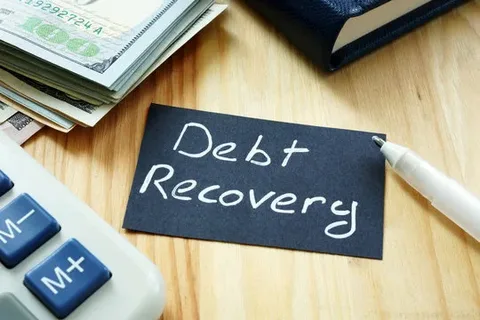When it comes to managing a strata-titled property, one of the most challenging issues for body corporate committees is dealing with unpaid levies. These debts can severely impact the financial health of the property and place an unfair burden on compliant owners. Understanding body corporate debt recovery: a complete guide for owners and committees is essential to ensuring that everyone contributes fairly and the property remains well-maintained and legally compliant.
What Is Body Corporate Debt?
Body corporate debt generally refers to unpaid contributions or levies owed by lot owners to the body corporate. These funds are critical for maintaining common property, paying for insurance, and covering other shared expenses. If some owners fall behind, it can create significant financial strain on the body corporate, requiring swift and lawful recovery actions.
Legal Framework for Debt Recovery
State Legislation
Each Australian state has its own legislation governing strata schemes and body corporate operations. For example:
- Queensland operates under the Body Corporate and Community Management Act 1997.
- New South Wales uses the Strata Schemes Management Act 2015.
These laws provide clear procedures for recovering unpaid levies, including issuing notices, interest charges, and, ultimately, legal proceedings.
Time Limits
Most jurisdictions impose a time limit—usually 6 years—for recovering unpaid levies. Delaying action could mean forfeiting the right to collect the debt.
The Debt Recovery Process
Step 1: Reminder and Notice of Arrears
The first step in understanding body corporate debt recovery: a complete guide for owners and committees is knowing that informal reminders and formal arrears notices are essential. These serve to notify owners of outstanding amounts and give them a chance to pay before further action is taken.
Step 2: Formal Demand
If the owner doesn’t respond to initial notices, a formal letter of demand is typically sent. This letter includes:
- A detailed breakdown of the debt
- Any interest or penalties incurred
- A final deadline for payment
Step 3: Engaging Debt Recovery Professionals
If payment is still not received, the body corporate may engage a debt recovery agent or law firm. These professionals can initiate legal proceedings, obtain a judgment, and even enforce that judgment through measures like wage garnishment or property seizure.
Owners’ Responsibilities and Rights
Owners must understand their financial obligations and the consequences of non-payment. However, they also have the right to:
- Request detailed information about the debt
- Dispute incorrect charges
- Be treated fairly and in accordance with the law
Committee’s Role in Debt Recovery
The committee is responsible for overseeing the debt recovery process and ensuring compliance with legislation. It’s crucial that they:
- Act promptly to avoid financial loss
- Maintain proper records
- Communicate clearly and respectfully with all parties involved
Preventing Future Debt Issues
Prevention is often easier and cheaper than recovery. Here are some proactive steps:
- Send regular reminders before levies are due
- Set clear payment terms and late penalties
- Hold owners’ meetings to discuss financial matters openly
Conclusion
Understanding body corporate debt recovery: a complete guide for owners and committees helps to demystify the legal and practical steps involved in recovering unpaid levies. By acting early, staying informed, and following due process, both owners and committees can protect the financial health of their property. Whether you’re a new lot owner or a long-standing committee member, staying proactive is key to a well-functioning and financially secure body corporate.

